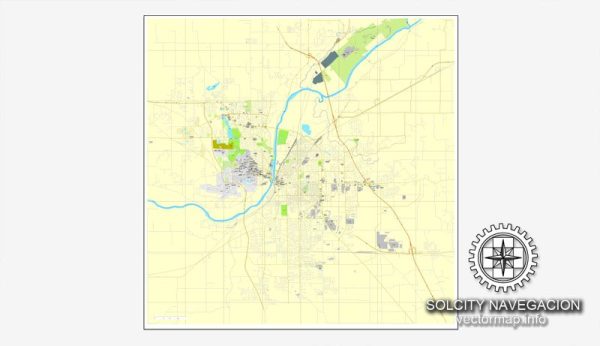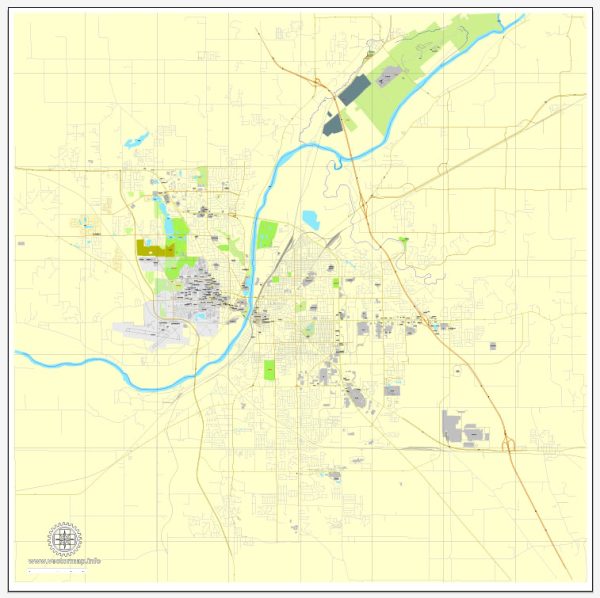The history of Lafayette, Indiana’s urban development is characterized by its growth from a small frontier settlement into a thriving city with diverse economic activities and a rich cultural heritage. Here is a brief overview of key points in the city’s urban development:
- Early Settlement (1820s): The area that would become Lafayette was first settled in the 1820s, primarily by European immigrants attracted to the fertile land along the Wabash River. The establishment of the Wabash and Erie Canal in the 1830s further spurred economic development by providing a transportation route for goods.
- Transportation Hub: Lafayette’s strategic location along the Wabash River and the canal contributed to its growth as a transportation hub. The arrival of the railroad in the mid-19th century further enhanced the city’s connectivity, facilitating the movement of people and goods.
- Industrialization (Late 19th Century): Lafayette experienced significant industrialization in the late 19th century. Manufacturing and industry, including the production of automobiles and other machinery, played a crucial role in the city’s economic development.
- Purdue University: The establishment of Purdue University in 1869 had a profound impact on Lafayette. The university brought educational and cultural opportunities to the city and contributed to its growth as an academic and research center.
- Urban Planning and Architecture: As Lafayette continued to grow, urban planning became a crucial aspect of development. The city’s architecture reflects different periods, from 19th-century structures to more modern buildings. Historic districts showcase well-preserved architecture, providing a glimpse into Lafayette’s past.
- Post-War Boom and Suburbanization (Mid-20th Century): Like many American cities, Lafayette experienced a post-World War II population and economic boom. This era saw increased suburbanization, with residential areas expanding beyond the city center.
- Revitalization Efforts: In more recent years, there have been efforts to revitalize downtown areas and preserve historical sites. These initiatives aim to enhance the city’s cultural appeal, attract businesses, and create a vibrant urban environment.
- Modern Development: Lafayette continues to evolve, with ongoing development projects, infrastructure improvements, and a focus on balancing economic growth with preserving its historical character.
Lafayette’s history of urban development reflects its role as a center for commerce, education, and industry in the region, with a blend of historical charm and contemporary progress. Understanding this history provides insight into the factors that have shaped the city’s present landscape.



 Author: Kirill Shrayber, Ph.D.
Author: Kirill Shrayber, Ph.D.